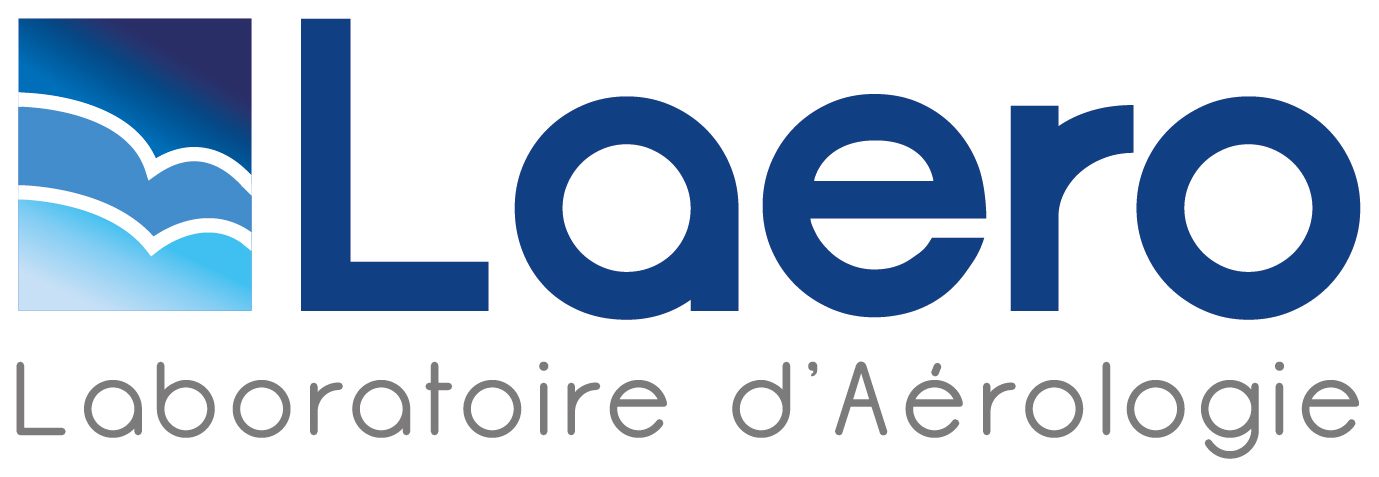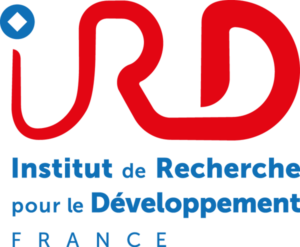Wildfire emission: FRP product and injection height parameterization
Evaluation of wildfire emissions in global chemistry transport model is a subject of debate in the atmospheric community, and few inventory are currently providing information on Injection Height (InjH). In this seminar, I’ll present a parameterization for InjH based on the Fire Radiative Power product (FRP) and the plume rise model (PRM) of Freitas et al 2007. The talk will be towfold with (i) first a description of the FRP product and the current work made on estimation of its limitation, and (ii) then a presentation of the new version of the PRM model.
FRP is used in the atmospheric and fire communities to estimate fire emission. Although it is widely accepted, most of its theoretical justifications are still based on small scale burns. When up-scaling to large fires, effects of view angle, canopy cover, or smoke absorption are unknown.
To cover those questions, we aim in this work to use the DART radiative transfer model to simulate the radiance emitted from a fire front output by a 2D fire spread model. As the complexity of physical processes occurring in the flame (in particular soot formation and emission) is impossible to solve at the scale of an outdoor fire, the objective is to generate a realistic flame structure (i.e., temperature and soot concentration) that can be plugged on fire front representation as typically modelled by fire spread models. Once the 3D fire scene is set up, DART is then used to render thermal imageryies in the Middle Infra Red. I’ll present here the early result of the validation of this coupled system made of DART and output from the ForeFire fire spread models.
PRM was originally developed to take into account effects of atmospheric stability and latent heat in plume updraft. Here, PRM is modified: (i) input data of convective heat flux and Active Fire area are directly force from FRP data derived from a modified version of the Dozier algorithm applied to the MOD14 product, (ii) and the dynamical core of the plume model is modified with a new entrainment scheme inspired from shallow convection parameterization. New input parameters are introduced and then defined via an optimization procedure based on characteristics of single fire events extracted from the official MISR plume height dataset. In particular, I’ll present a calibration and a validation of those new input parameters for North America. This work is currently available in ACPD, see paugam et al. 2015 a&b.
Reference:
Freitas, S. R., Longo, K. M., Chatfield, R., Latham, D., Silva Dias, M. A. F., Andreae, M. O., Prins, E., Santos, J. C., Gielow, R., and Carvalho Jr., J. A.: Including the sub-grid scale plume rise of vegetation fires in low resolution atmospheric transport models, Atmospheric Chemistry and Physics, 7, 3385–3398, 2007
Paugam, R., Wooster, M., Freitas, S. R., and Val Martin, M.: A review of approaches to estimate wildfire plume injection height within large scale atmospheric chemical transport models – Part 1, Atmos. Chem. Phys. Discuss., 15, 9767-9813, doi:10.5194/acpd-15-9767-2015, 2015a.
Paugam, R., Wooster, M., Atherton, J., Freitas, S. R., Schultz, M. G., and Kaiser, J. W.: Development and optimization of a wildfire plume rise model based on remote sensing data inputs – Part 2, Atmos. Chem. Phys. Discuss., 15, 9815-9895, doi:10.5194/acpd-15-9815-2015, 2015b.






